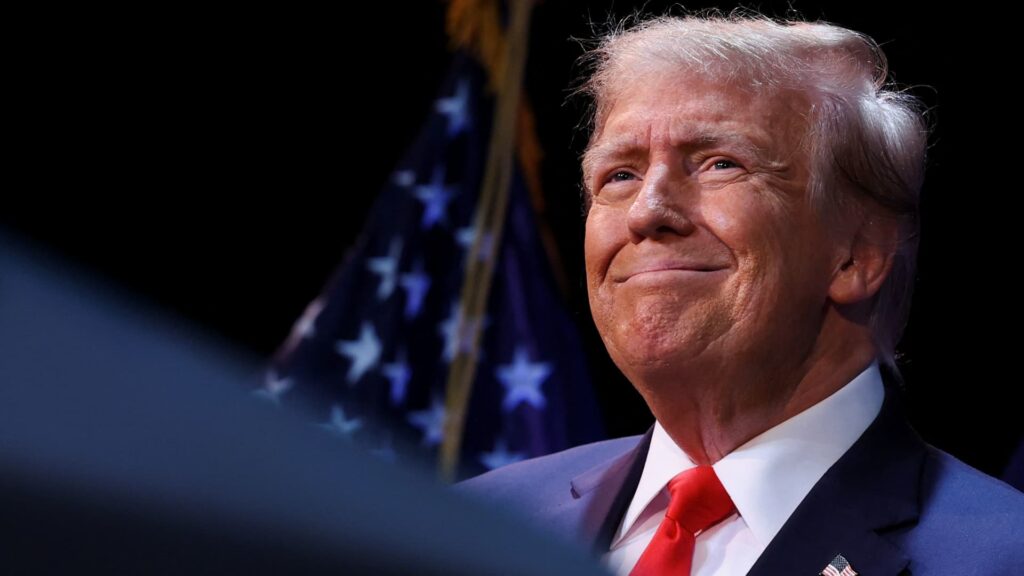Former U.S. President and Republican presidential candidate Donald Trump holds a rally in advance of the New Hampshire presidential primary election in Rochester, New Hampshire, U.S., January 21, 2024.
Mike Segar | Reuters
Markets need to begin thinking about the structural impact of Donald Trump’s proposed 10% tariff increase, which “shakes up every asset class,” according to Rabobank Global Strategist Michael Every.
The former president, and overwhelming favorite to secure the Republican nomination for the 2024 race, plans to impose a 10% tariff on all imported goods, trebling the government’s intake and aiming to incentivize American domestic production.
Treasury Secretary Janet Yellen said earlier this month that the plan would “raise the cost of a wide variety of goods that American businesses and consumers rely on,” though she noted that tariffs are appropriate “in some cases.”
Criticism of the policy has been relatively bipartisan. The Tax Foundation think tank highlights that such a tariff would effectively raise taxes on U.S. consumers by more than $300 billion a year, along with triggering retaliatory tax increases by international trade partners on U.S. exports.
The center-right American Action Forum estimated, based on the assumption that trading partners would retaliate, that the policy would result in a 0.31% ($62 billion) decrease to U.S. GDP, making customers worse off and decreasing U.S. welfare by $123.3 billion.
After Republican rival Ron DeSantis ended his bid for the GOP nomination, Every told CNBC’s “Street Signs Asia” on Monday that markets were “not going to be caught napping” by a potential Trump presidency, as they were in 2016. He suggested one of investors’ top concerns would be the 10% tariff on all U.S. imports.
“First of all, they can’t model that because they don’t really understand what the second and third order effects are, and more importantly, they don’t grasp that Trump isn’t talking about a 10% tariff just because it’s a 10%…
Read the full article here





